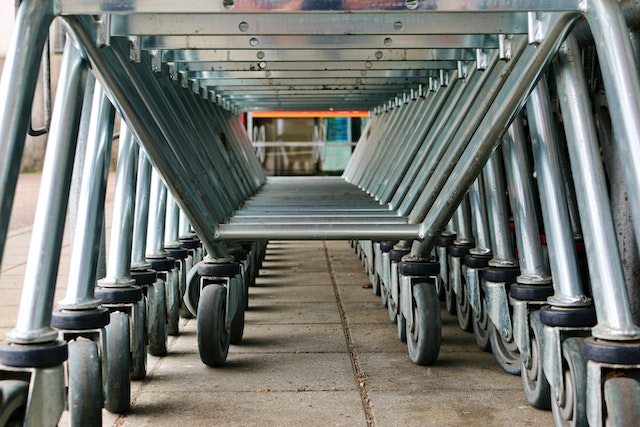Factors to Consider When Buying Heavy-Duty Caster Wheels
When buying heavy-duty caster wheels, there are many factors to consider. Some of these include rollability, durability, and cost. Read on for some tips to help you choose the right heavy-duty casters for your needs. We will also discuss material and durability ratings.
Contents
Material
When purchasing heavy-duty caster wheels, you should consider the material they are made of. Cast iron wheels, for instance, are made of gray iron and are resistant to wear and tear. They can withstand high temperatures and absorb shock without breaking. They are also suitable for use on smooth steel and concrete surfaces. They are also designed for use with roller bearings and are resistant to oil and mild chemicals.
Casters are often mounted on machinery, and their mounting style should match the needs of the machine being rolled. Heavy-duty caster wheels should be selected based on the machinery’s weight and the environment in which the wheels will be used. There are several different kinds of caster wheels, and the right one depends on your needs.
The type of floor you are working on will determine the type of caster wheel you need. Soft floors require a soft material caster, while rough floors require a metal wheel. In addition, pneumatic wheels can handle shocks without damaging the load. Moreover, casters made of polyurethane are much harder than rubber ones. These wheels are also cushioned and can withstand high temperatures without wearing them out.
Durability Rating
Durability rating refers to the wheel’s ability to withstand repeated loads. It is important to choose wheels that are made from a high-quality material that is resistant to abrasion. For instance, polyurethane caster wheels are extremely durable, resistant to abrasion, and easy to roll. Check the durability rating of heavy-duty caster wheels before you purchase them. Heavy-duty caster wheels are usually made of a variety of materials. Some are made from cast iron, while others are made of ductile steel, nylon, or polyurethane. Heavy-duty wheels are made to withstand abrasion and high-temperature environments.
Rollability
Rollability is an important factor to consider when buying heavy-duty caster wheels. It is determined by a number of factors, including wheel size, tread width, composition, and bearings. Generally, larger wheels have higher rollability than smaller wheels. Similarly, wheels with a hard, narrow-crowned tread roll are easier than wheels with a flat, soft tread. However, these wheels are less maneuverable than their smaller counterparts and may not be the best choice for most applications. Choosing the right wheels is also important for employees’ safety and well-being. The purpose of wheels is to help employees move equipment without straining their bodies. Since humans must move equipment manually, choosing wheels with larger diameters will help employees move heavy loads faster and more easily. A larger wheel diameter also makes rolling more comfortable and protects workers from injuries. Polyurethane wheels are also an option. They are durable and offer excellent abrasion resistance. While polyurethane wheels are only ideal for some floors, they have excellent rollability. Look for a wheel material chart that shows how it performs on different types of flooring.
Cost
Heavy-duty caster wheels are made to move heavy loads. Their design allows for precise movements while minimizing torque and motor sway. The weight distribution is also improved, reducing strain on the worker pushing the load. The casters also feature wheel differential action, making it easier to swivel. The caster wheels are made from various materials, including cast iron, ductile steel, phenolic, nylon, and polyurethane. Choose a hard material over a soft one if you’re worried about debris. Hard materials can collect debris and create grooves in floors. The material and diameter of heavy-duty caster wheels play a significant role in determining the weight capacity. Generally speaking, larger wheels are stronger and distribute weight better than smaller ones.

